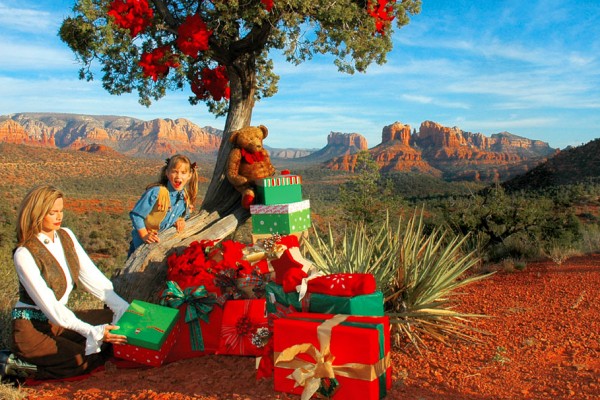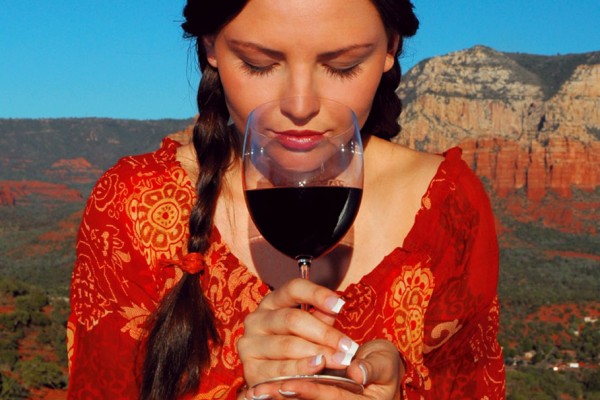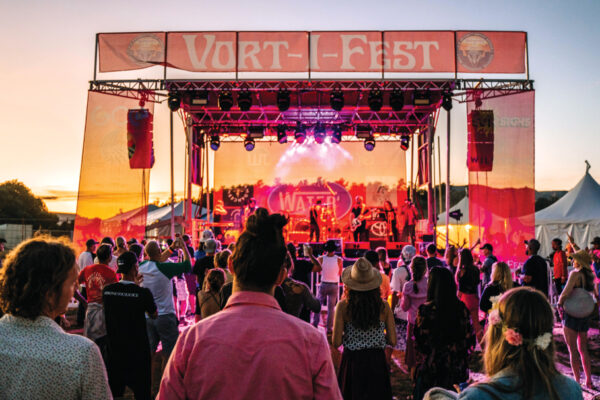Continued (page 5 of 5)
Earlier this year, the observatory unveiled its John Vickers McAllister Space Theatre, a 24-seat venue with a five-foot concave screen for comfortable viewing. Lowell also operates four research telescopes at Anderson Mesa, east of Flagstaff, and scopes in Australia and Chile. Lowell is building the 4.2-meter (168 inches) Discovery Channel Telescope in Happy Jack, in partnership with Discovery Communications. The telescope is expected to be the fifth largest in the continental United States. Research conducted at the site will be the focus of TV programs about astronomy, science, and technology airing on Discovery networks.
Lowell Observatory
1400 W. Mars Hill Rd. in Flagstaff
Admission is $6 for adults, $3 for children ages 5-17, and $5 for seniors and students
Operating hours change seasonally
Call 928-233-3211 or visit www.lowell.edu
Dark Skies
In October 2001, the International Dark Sky Association in Tucson named Flagstaff its first International Dark Sky City. The Association aims to protect nighttime skies by educating homeowners and businesses on outdoor lighting. Sedona and Clarkdale both have outdoor lighting requirements with specifics for homeowners and businesses while Yavapai County revised its ordinance in 2006 to include stricter regulations. Doug Ostroski, an amateur astronomer who’s been stargazing in the Verde Valley since the late 1980s, helped write the county ordinance. Doug says the rules are relatively simple for homeowners if you keep this in mind: Outdoor lighting should not shine beyond property lines.
“Bulbs must be shaded,” he says. “You should not see the light bulb but rather the light the bulb casts on the ground or in the doorway. Motion sensor lighting is also a good alternative; turn off porch lights when they aren’t needed.”
Other things to keep in mind: Mercury vapor lights have been outlawed in Sedona since 2006. Low-pressure sodium lights are preferred by astronomers and they are more energy efficient. Floodlights pointing above the horizon are prohibited, as are any lights shining onto a neighbor’s property. Dark sky advocates suggest homeowners use timers so lights automatically shut off. They also recommend install-ing lights at night in order to see exactly where they shine.
Doug notes that even with light ordinances here, “If you look south you can see the Phoenix sky glow from here.”
Dark skies aren’t just important for stargazers. The International Dark Sky Association’s website, www.darksky.org, as well as the City of Sedona’s Outdoor Lighting Requirements (see www.sedonaaz.gov, Article 9 in the Land Development Code), say “light pollution” wastes energy. Excess light can harm nocturnal wildlife (i.e. bats), detract from a small town atmosphere, and reduce safety levels by creating glare for nighttime drivers. The City of Sedona is considering a proposal by the Arizona Dept. of Transportation to add 76 streetlights to Hwy 89A due to pedestrian safety concerns. Barbara Litrell, president of Keep Sedona Beautiful, is skeptical. “Keep Sedona Beautiful has been working with the city, county and International Dark Skies organization to protect Sedona’s dark skies for many years,” she says. “We firmly believe that safety and dark skies can co-exist…. However, in the case of ADOT’s proposal for 76 street lights along Hwy 89A from Dry Creek Rd. to Airport Rd., we believe there are better alternatives than street lights to address both the daytime and nighttime safety issues.”
MORE THINGS TO DO AND SEE IN SEDONA: Sedona festivals, secret Sedona, Sedona Bluegrass Festival, four-wheeling, kayaking, hang gliding and skydiving, wine tasting rooms, best pizza in Sedona, Sedona calendar of events, cool summer fun, Sedona dance classes



